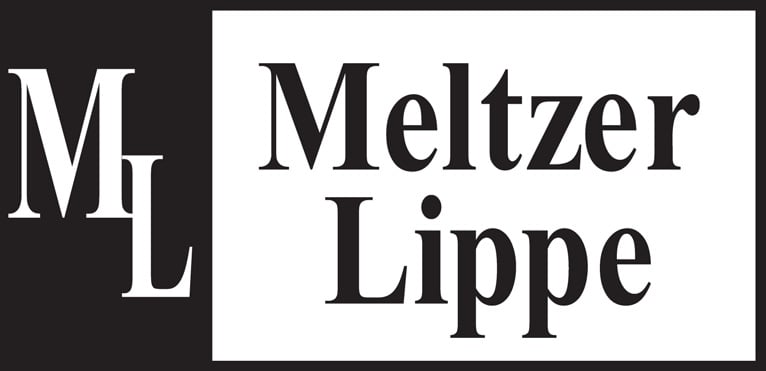Financial professionals do it. Insurance professionals do it. Actuaries certainly do it. Yet we, as tax and estate planning professionals, all too often recommend techniques and strategies without doing it. And that “it” is risk assessment.
This article, by Avi Z. Kestenbaum, co-chair of Meltzer Lippe’s Trust & Estates Department, originally published in Trusts & Estates, identifies a number of key risk factors that may be ignored by estate planners. These include:
- Failing to consider the increased likelihood of receiving and prevailing on an Internal Revenue Service audit.
- Not focusing on the tolerance of clients and beneficiaries for such an audit.
- Not considering the probability that clients and their accountants will adhere to the necessary planning follow-up and compliance after the planning structure is set up.
- Failing to consider the significant effect of estate planning on future estate administration.
- Neglecting to think about the chances of an estate dispute and the impact of the planning structure on that potential dispute.
- Ignoring the risk factors associated with estate plans that are economic, legal, and psychological.
Mr. Kestenbaum writes that “we all should use a risk assessment checklist at the outset of estate planning to help us determine which planning techniques to recommend and then monitor that checklist throughout the planning process.” A 25-point Risk Assessment checklist is included in the article text to serve as a guide for practitioners.
You can read the complete text of this article by clicking the PDF icon below.
